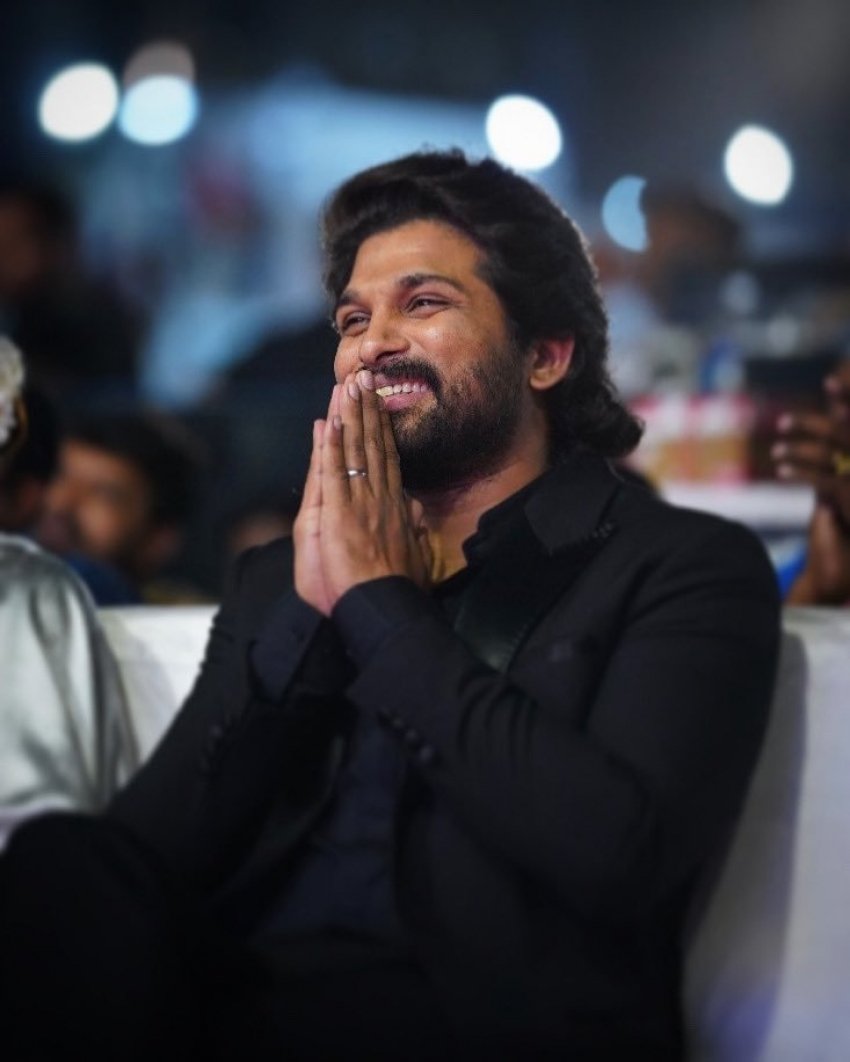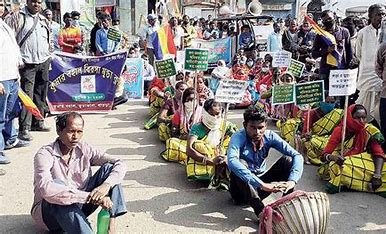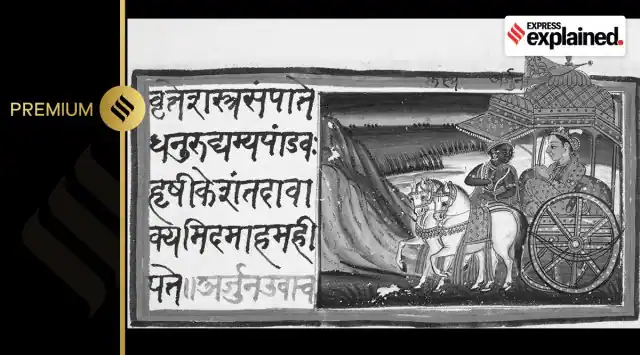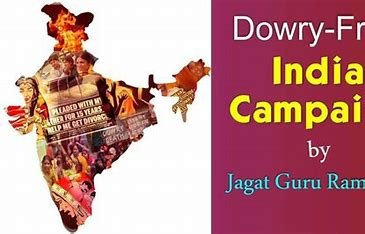India welcomes Realme Narzo 60x 5G: A Power-Packed Smartphone Experience
A leading name in the smartphone industry, has unveiled its latest offering, the Realme Narzo 60x 5G, in India. This new addition to the Narzo series boasts impressive features and specifications, making it a highly anticipated device for tech enthusiasts and smartphone users across the country.
Key Highlights:
- A Revamped Classic: The Realme Narzo 60x 5G, while sharing similarities with the Realme 11 5G, brings notable hardware enhancements to the table.
- Superior Photography: Equipped with a powerful 50MP primary camera, this phone promises outstanding photography capabilities.
- Fluid Visuals: Its FHD+ display, featuring a remarkable 120Hz refresh rate, ensures a seamless and immersive visual experience.
- Long-Lasting Battery: With a robust 5,000mAh battery, the Narzo 60x ensures extended usage without frequent recharging.
- Affordable Luxury: Realme Narzo 60x is priced at an attractive Rs 12,999, making it an affordable yet feature-rich option for consumers.
Detailed Insights:
Realme Narzo 60x Price and Availability:
The Realme Narzo 60x 5G is competitively priced at Rs 12,999 for the 4GB/64GB variant and Rs 14,999 for the 6GB/128GB model. For those early adopters, Realme is offering a limited-time discount of Rs 1,000 during the first sale, scheduled for September 12th at 12 PM IST. Indian consumers can purchase the handset via Amazon and the Realme website, with the first sale commencing on September 15th. The Realme Narzo 60x 5G is available in two captivating color options, Stellar Green and Nebula Purple.
Realme Narzo 60x 5G Specifications and Features:
- Display: The device boasts a 6.72-inch FHD+ IPS LCD display with an impressive 120Hz refresh rate, ensuring smooth scrolling and vibrant visuals.
- Processor: Powered by the MediaTek Dimensity 6100+ processor, coupled with Mali G57 MC2 GPU, the Narzo 60x offers efficient performance.
- RAM and Storage: With 6GB RAM and 128GB of storage (expandable via microSD card), users can enjoy ample space for their apps and multimedia content. Additionally, it features up to 6GB virtual RAM.
- Operating System: Realme Narzo 60x 5G runs on the latest Android 13-based Realme UI 4.0 custom skin.
- Camera Setup: The device features a dual-camera setup on the rear, comprising a 50MP primary sensor with f/1.8 aperture and a 2MP depth shooter. On the front, an 8MP selfie camera ensures high-quality self-portraits and video calls.
- Battery Life: The inclusion of a 5,000mAh battery with 33W fast charging support guarantees extended usage without long charging times.
- Connectivity: The Realme Narzo 60x 5G offers a wide range of connectivity options, including 5G, 4G LTE, Bluetooth, GPS, and a USB Type-C port for charging. A side-mounted fingerprint sensor enhances device security.
Alternatives to Consider:
For consumers exploring alternative options, the Redmi 12 5G and Samsung Galaxy F14 5G present compelling choices with their own unique features.
- Redmi 12 5G: This device offers a 50MP primary camera, a 5,000mAh battery, a large 6.79-inch FHD+ display, and the powerful Qualcomm Snapdragon 4 Gen 2 processor.
- Samsung Galaxy F14 5G: Featuring a 6.6-inch FHD+ display, a robust 6,000mAh battery, and the Exynos 1330 chipset, this smartphone caters to diverse user needs.
Key Specifications:
- Processor: MediaTek Dimensity 6100 Plus
- Display: 6.72 inches FHD+ IPS LCD, 120Hz refresh rate
- Rear Camera: 50 MP + 2 MP
- Front Camera: 8 MP
- Battery: 5,000 mAh
In a highly competitive smartphone market, the Realme Narzo 60x 5G shines as a versatile and budget-friendly option, delivering a seamless user experience with its impressive features.
Short News Summary:
- Realme Narzo 60x 5G, a revamped version of the Realme 11 5G, is now available in India.
- The device offers a 50MP primary camera, FHD+ display with 120Hz refresh rate, and a 5,000mAh battery.
- Priced at Rs 12,999, the Narzo 60x provides an affordable yet feature-packed smartphone option for Indian consumers.









